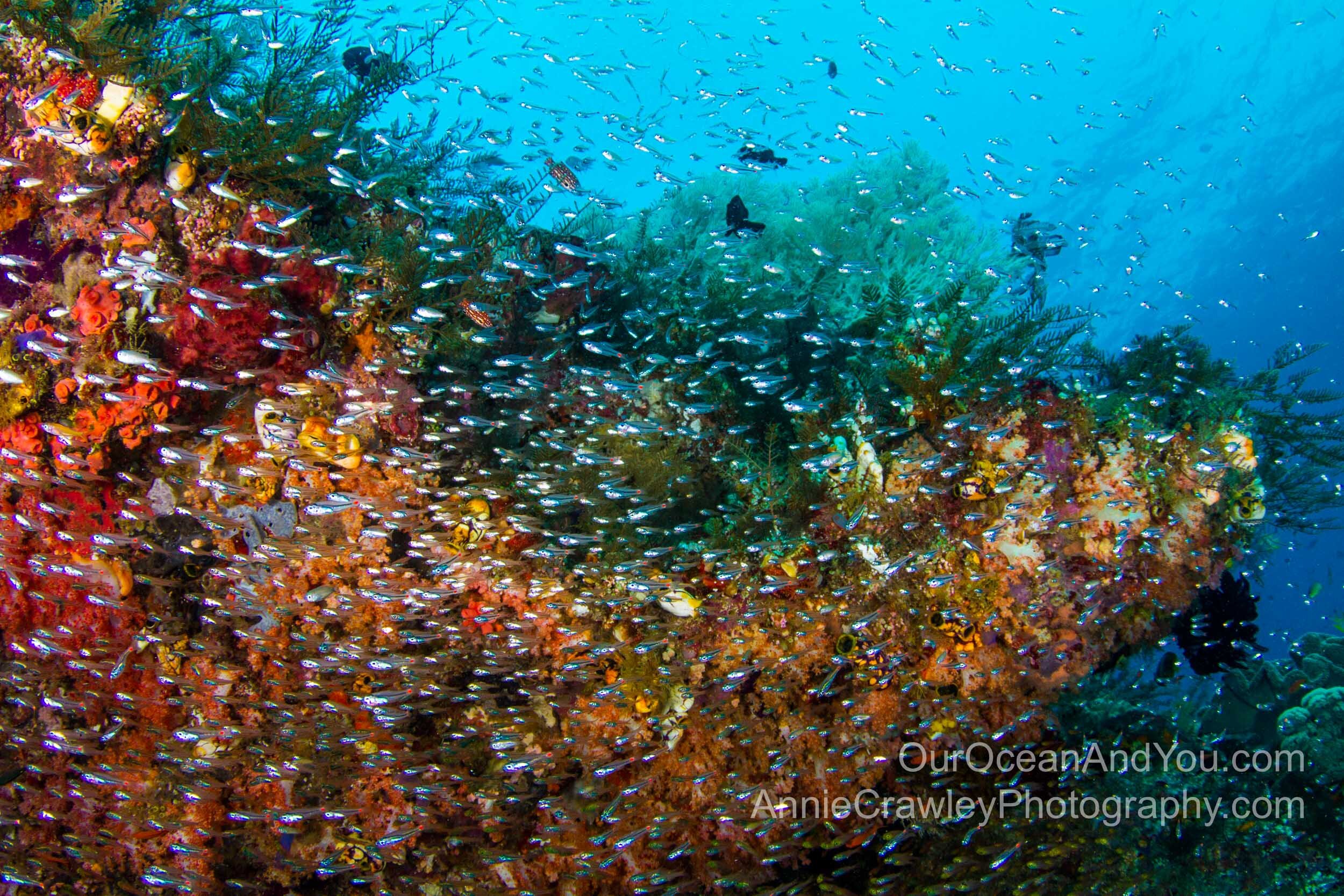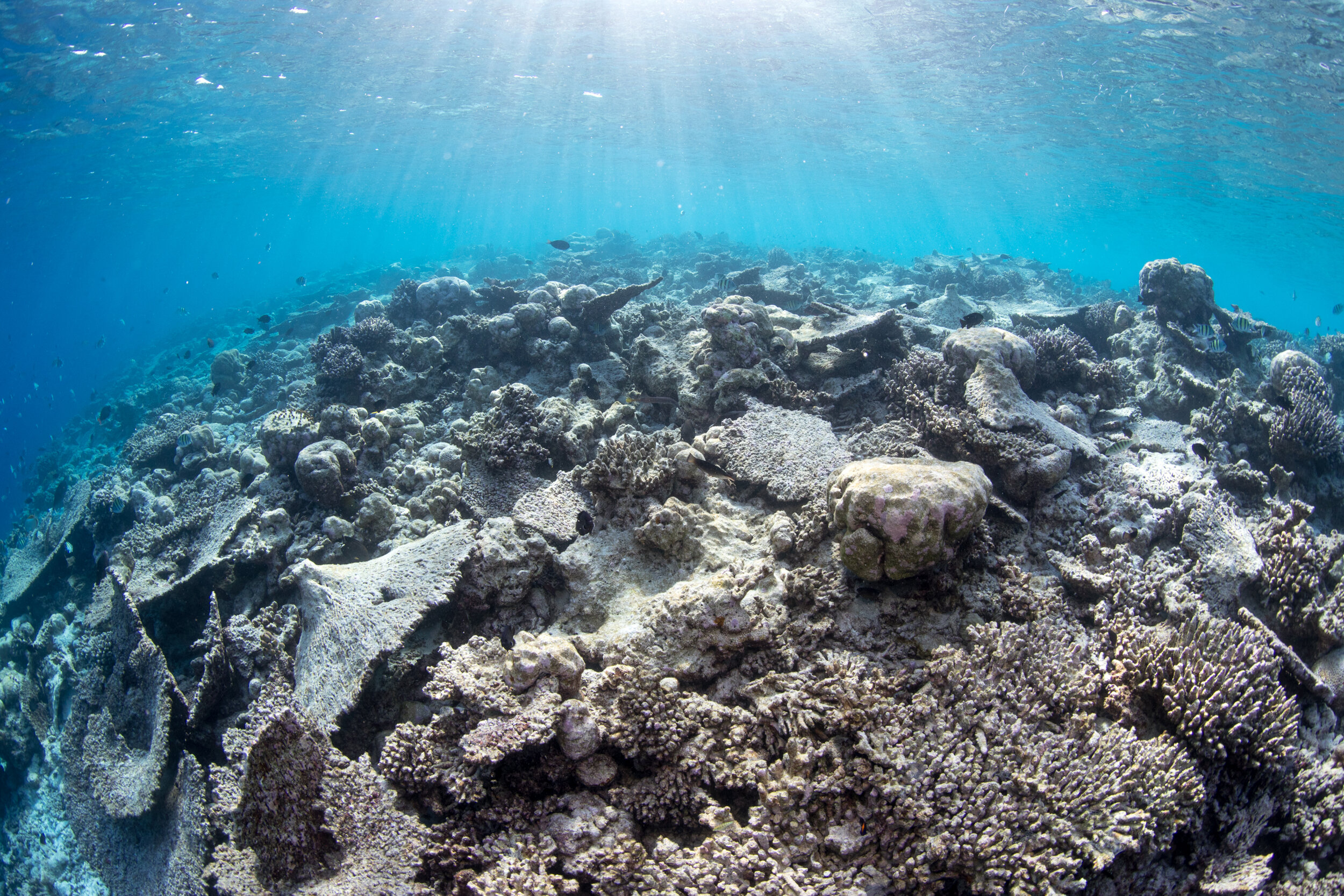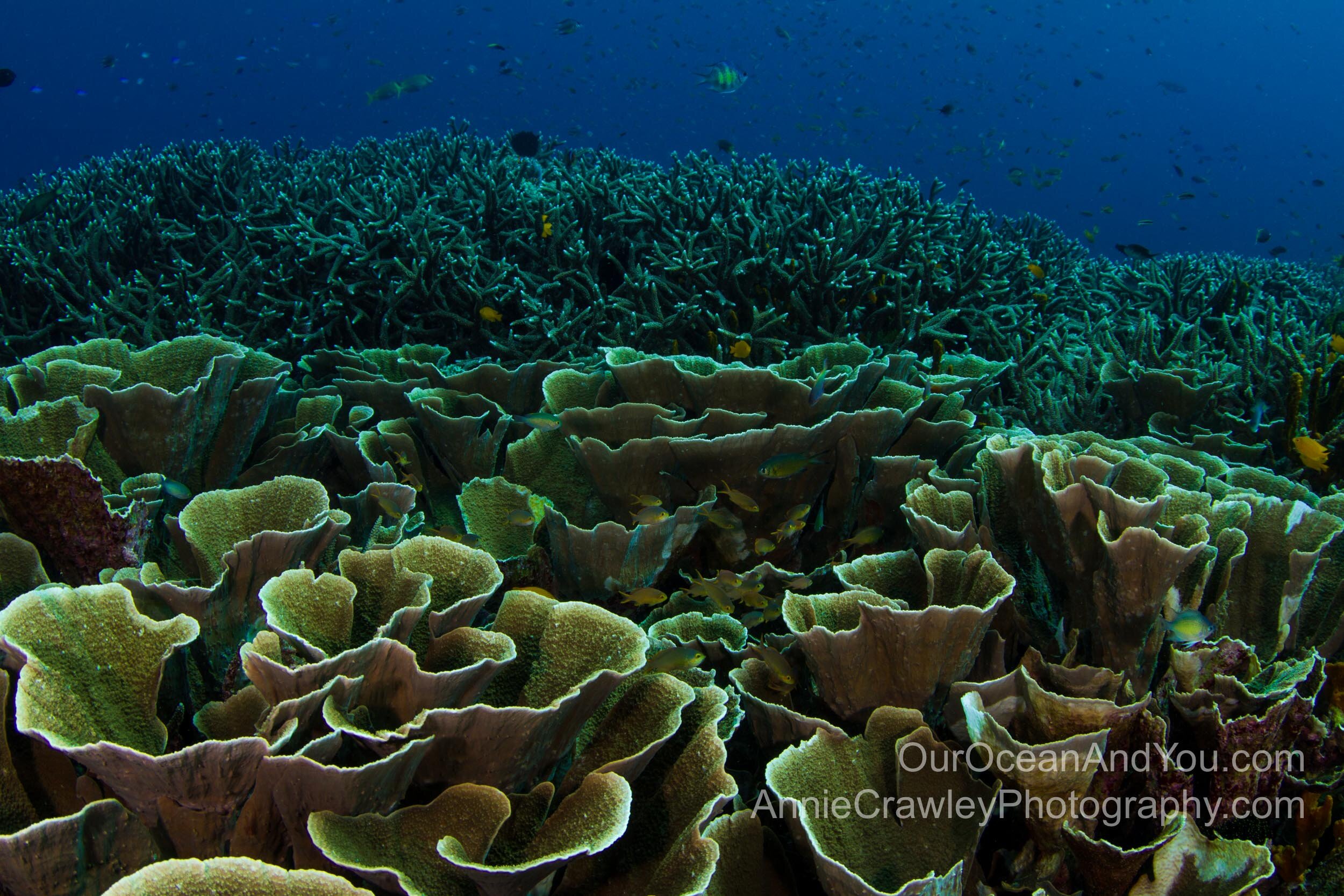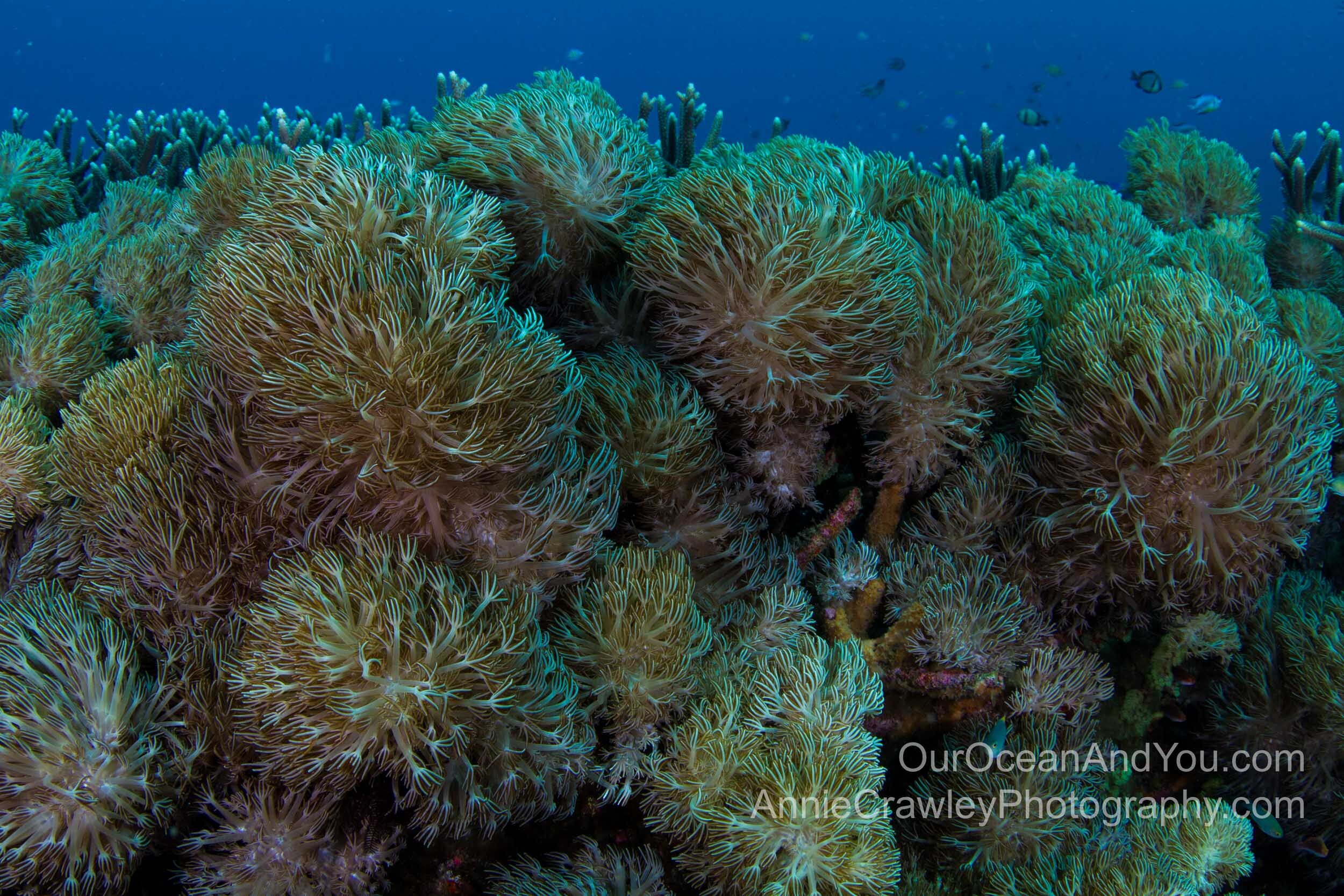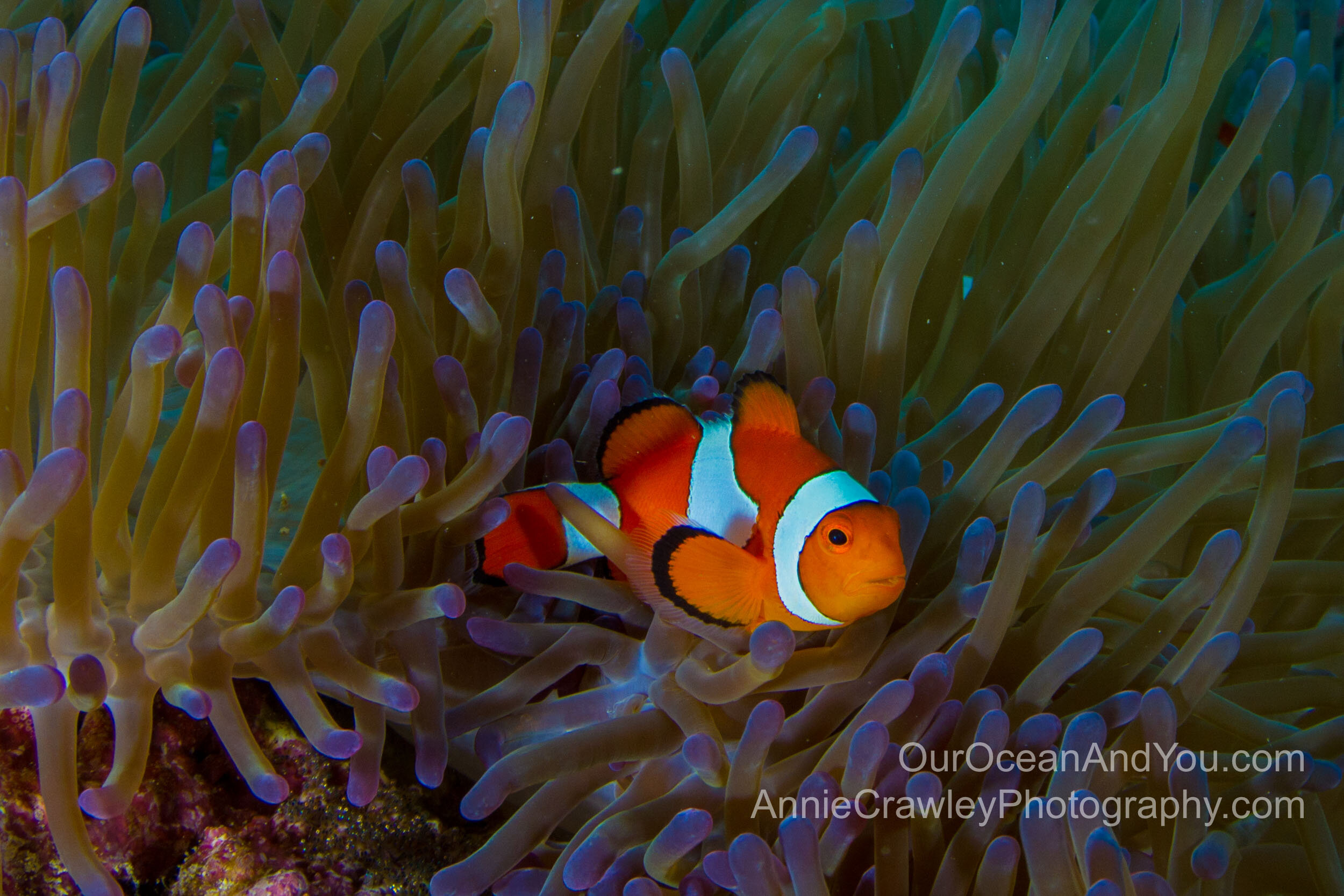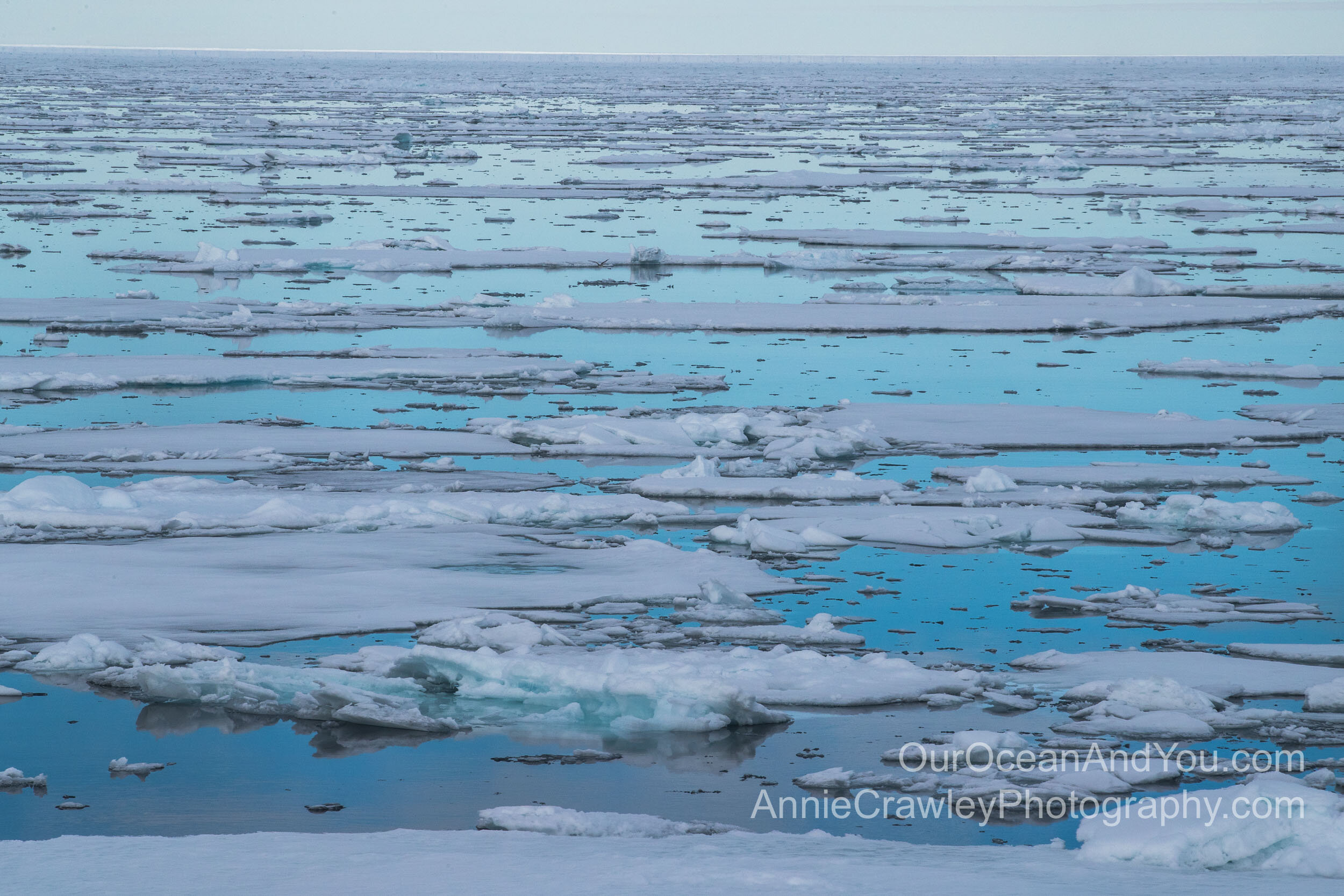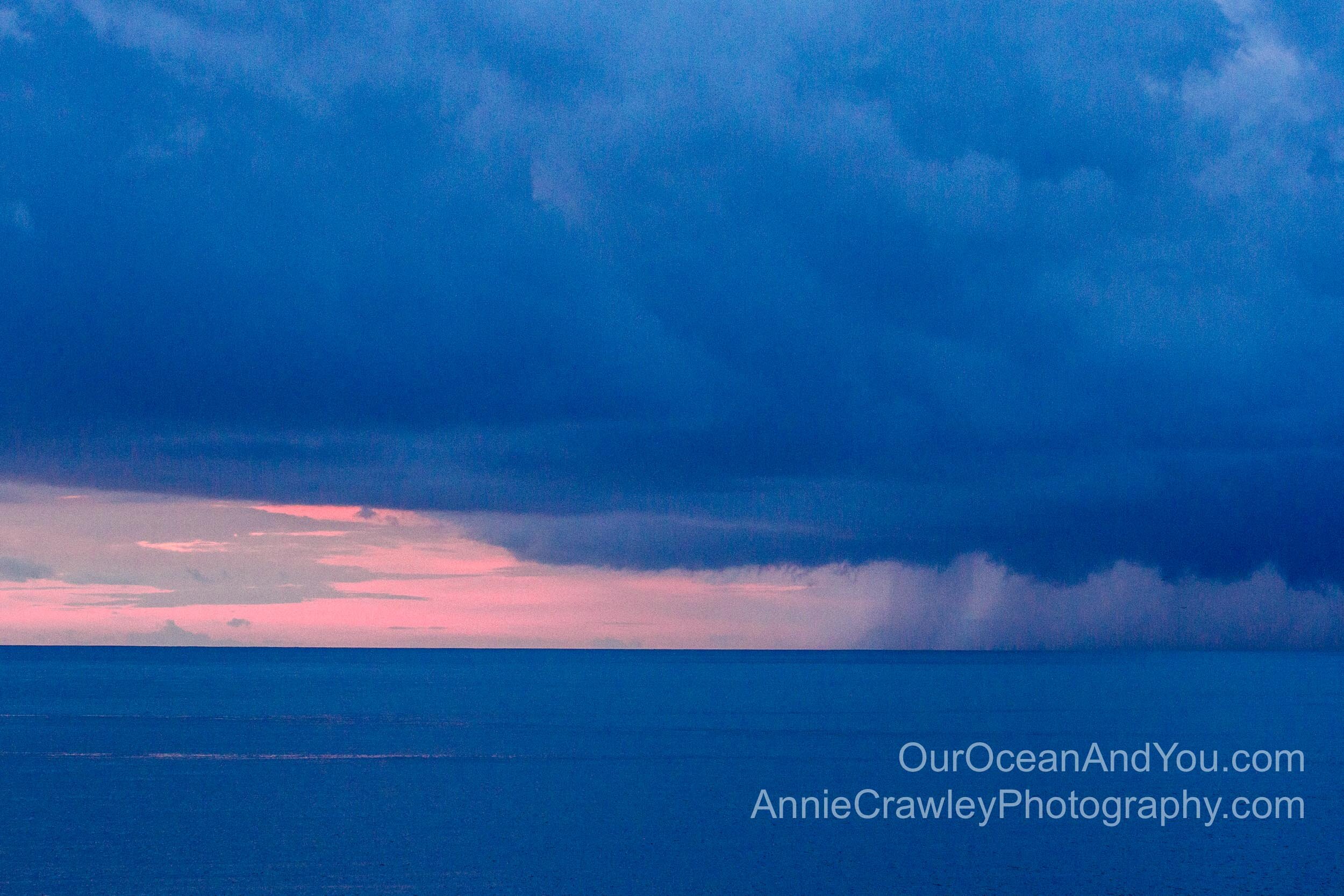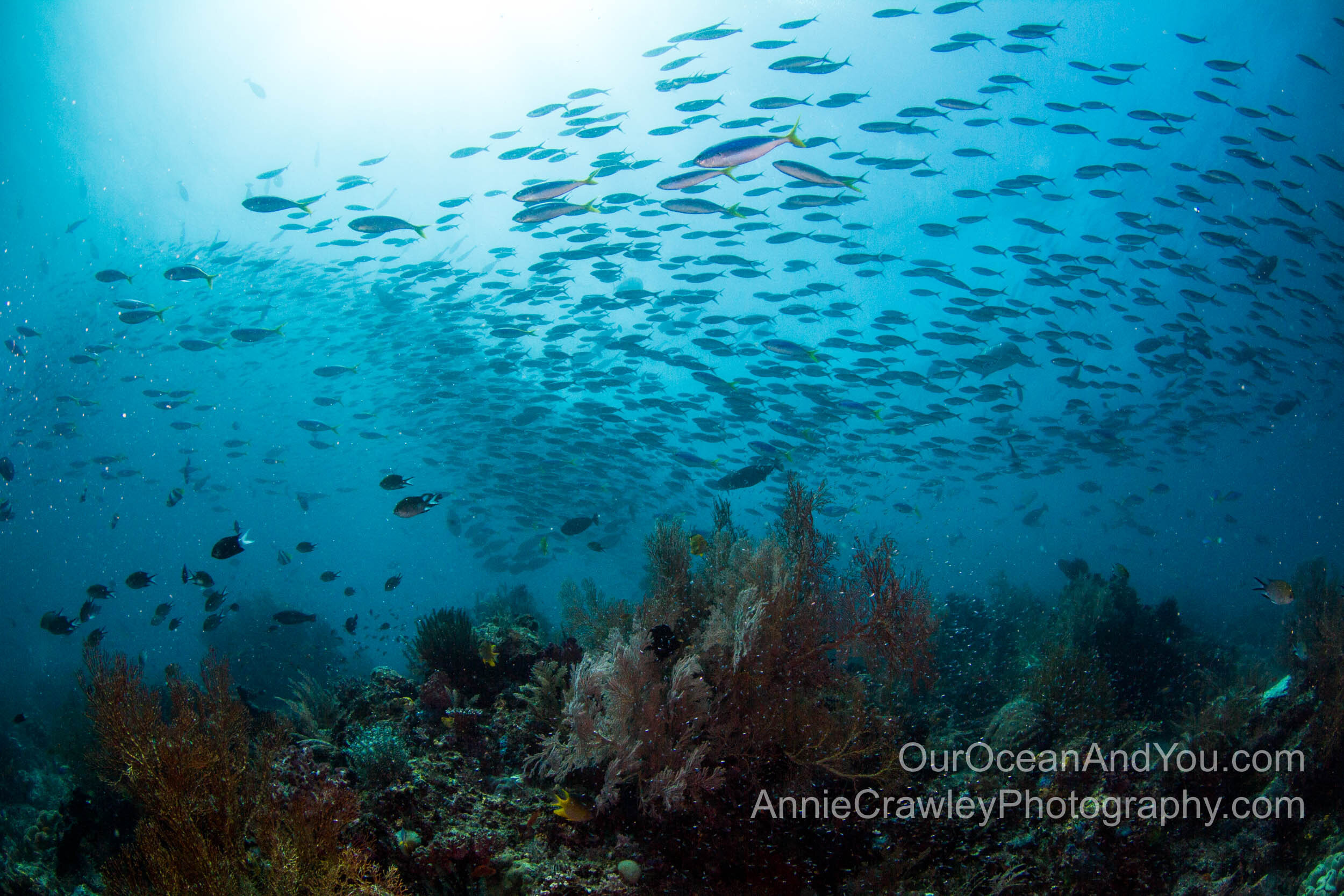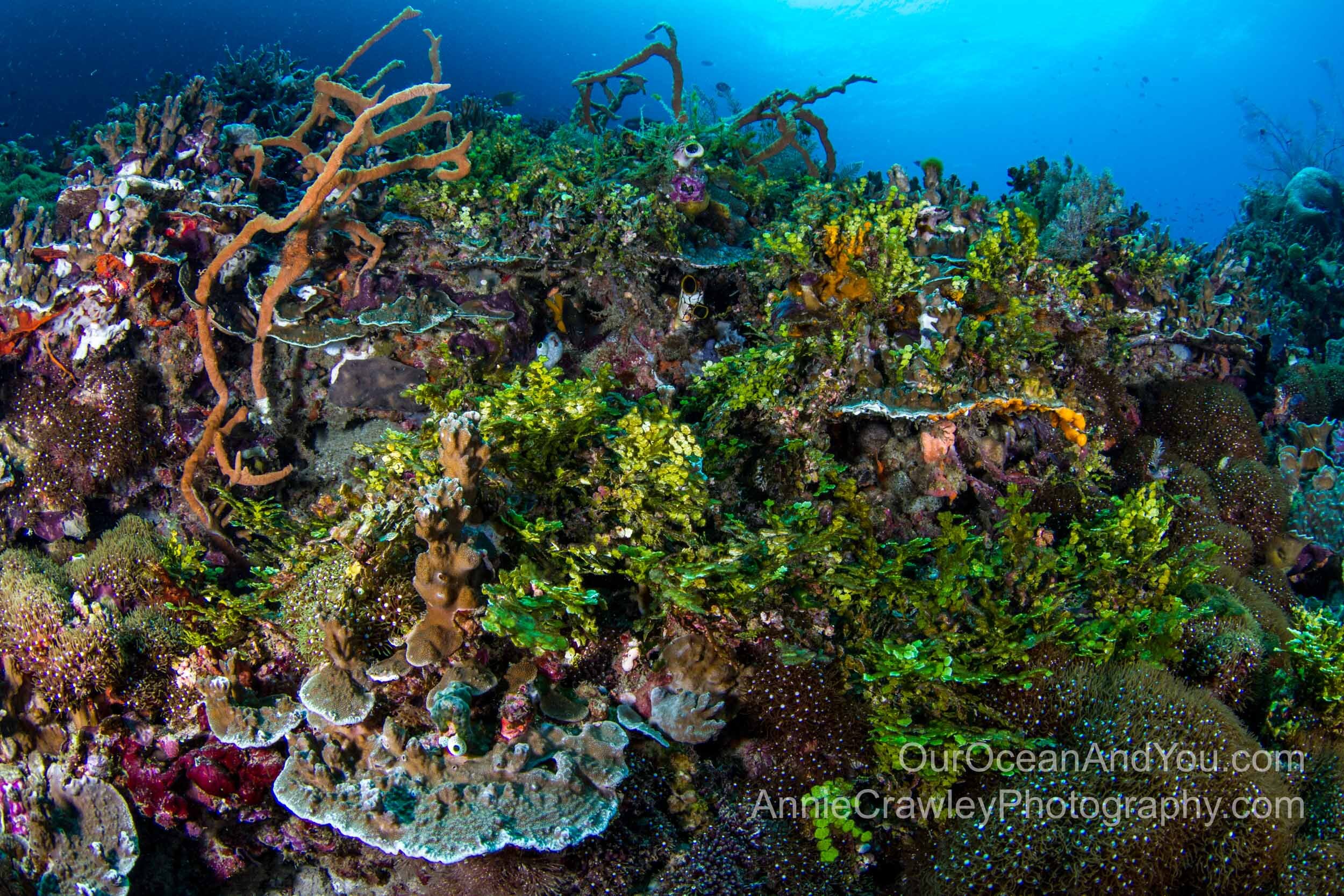From Our Air to Our Ocean—Understanding Carbon Pollution & Solutions
The Carbon Cycle. Source: FAU.
Carbon is one of the six elements required for life. It is the food we eat, the computers we use, the plants surrounding us, and the backbone of our DNA. Carbon takes many forms, especially when combined with other elements, like oxygen in the molecule carbon dioxide (CO2). Phytoplankton, algae, and plants use carbon dioxide, sunlight, and water to create oxygen and energy. Animals use this oxygen and energy as fuel, and in the process, release CO2. It’s a perfect exchange between photosynthesizing organisms and breathing animals. Carbon moves around the globe as it is recycled, entering the ocean from the atmosphere and back again. It flows naturally from our atmosphere to our ocean absorbed by eelgrass, kelp forests, and other organisms. It also moves up the food web, from phytoplankton to whales. Our planet strives to maintain balance between all life forms, called homeostasis. When the balance shifts, organisms die. Humans disrupt nature’s balance by adding more carbon into the equation. When we burn fossil fuels and deforest our land, CO2 releases into the atmosphere. With a growing demand for technology and natural resources, we’ve increased the amount of development and fossil fuel use around the globe leading to excess carbon pollution in our atmosphere. The excess carbon pollution from people disrupts the natural balance of the Earth’s carbon recycling system. In less than 100 years, the amount of carbon in our atmosphere doubled. Carbon pollution causes climate change and ocean acidification. Let’s take a deeper look into what this means and how we can find solutions to restoring the Earth’s carbon balance.
Source: NASA JPL/Cal Tech
When the sun’s rays reach Earth, they reflect off polar ice caps, the ocean, and land. The rays bounce back into space so the Earth doesn’t overheat. This excess CO2 collects in the atmosphere acting like a blanket around Earth. The carbon blanket traps the solar rays from escaping back into space, known as the Greenhouse Effect. Our continued CO2 emissions year after year sends excess carbon into the atmosphere and the blanket thickens. When you are too hot at night, you can kick off your blankets. It feels so nice to have a cold breeze over your warm body. Unfortunately, planet Earth cannot kick off the carbon blanket. Our Earth is left sweltering and suffering.
Climate change describes the change in average weather over time. By studying ice cores we can see the chemical composition of the Earth from hundreds of thousands of years ago trapped in air bubbles inside ice. The evidence of a changing climate is overwhelming. We can trace warming air and ocean temperatures to sea level rise and increased frequency and strength of storms. This manifests as weather events, forest fires, flooding, and melting polar ice caps. The ocean bears the brunt of this climate stress and carbon pollution. Covering 70% of our planet, the ocean absorbs most of the carbon and heat. Our ocean is a natural reservoir for trapping these pollutants and removing them from the atmosphere, as it’s done for billions of years. An increase of just a few degrees in sea surface temperature indicates a large amount of excess heat absorbed because more energy is required to change the temperature of water than to change the temperature of air. Increasing temperature threatens ocean life, as many plants and animals cannot tolerate this heat stress. Animals migrate to find cooler water or are left to die. For example, black sea bass that used to be found in North Carolina are now being fished as far north as New Jersey (Mid-Atlantic Ocean Data Portal).
We are changing our planet because of carbon pollution in our atmosphere and our ocean.
Rapidly melting sea ice changes currents and distribution of life around our world ocean. Sea ice fuels ocean circulation, reflects heat back into the atmosphere, and promotes algae and phytoplankton growth—the oxygen producers at the base of the world’s food chain. View the NASA visualization of melting ice to witness the transformation of our polar ice cap due to increased carbon in our atmosphere.
In addition to a changing climate, when the ocean absorbs the excess CO2 from our atmosphere it creates a chemical reaction with seawater known as ocean acidification. It’s not a strong acid that will burn your skin if you touch it or swim in it but it’s changing the pH balance of our ocean. Over time, it’s very damaging to marine life. The result of this changing pH reduces the availability of building block molecules for hard shelled animals—calcium carbonate. Crabs, shellfish, and coral reefs struggle to accumulate the calcium carbonate they need to create their homes and survive. This impacts the ocean food web as well as global fisheries including lobster, oyster, crab, mussels, clams, and salmon. In the last 30 years, the ocean has become 30% more acidic (NOAA).
We must act now to protect our ocean, our planet, and ourselves. Commit to reducing your carbon footprint by using less fossil fuel energy. Shop local, carpool, use public transportation, improve home insulation to reduce heat loss, unplug electronics not in use, wash laundry on cold and hang dry. Offset travel by funding projects to remove CO2 from the atmosphere. Simultaneously, changes need to occur beyond the individual level. We need systemic change to move away from fossil fuels and towards renewable energy. Demand industry and policy leaders advocate for this change. Vote with your dollars and support industries working to reduce their carbon emissions. Use your voice to share stories of why you choose to make the changes needed for us to live at one with our environment.
All life on earth needs a healthy ocean. Be a voice for the ocean by writing to your state representatives and demanding action. Support bills like Washington’s Senate Bill 5022 recently signed by Governor Jay Inslee to improve Washington’s recycling system, limit polystyrene, and decrease single-use plastic. Senator Mona Das sponsored this bill, paving the way for other states across the country to adopt sustainable practices. This is the first law to address unnecessary polystyrene waste, including food containers, coolers, and packing peanuts. Polystyrene, like other plastics, never biodegrades. SB 5022 also requires restaurants to only serve plastic cutlery and condiment packages on demand. It promotes recycling through removing misleading labels and requiring minimum post-consumer recycled content in plastic products such as trash bags, beverage, cleaning, and personal care containers. Laws such as SB 5022 promote systemic change to protect our environment.
Be inspired by scientists using innovation to help preserve our oceans. Learn more about ocean acidification scientist Dr. Meg Chadsey in a recent interview with us about her work as at Washington Sea Grant.
We compiled more ideas on how you can help our ocean by reducing waste in your life.
We want to hear from you. How are you speaking up for the ocean? How are you reducing your carbon footprint? Write to us: Ocean@OurOceanAndYou.com
